
بسم هللا الرحمن الرحيم
RENAL CIRCULATION
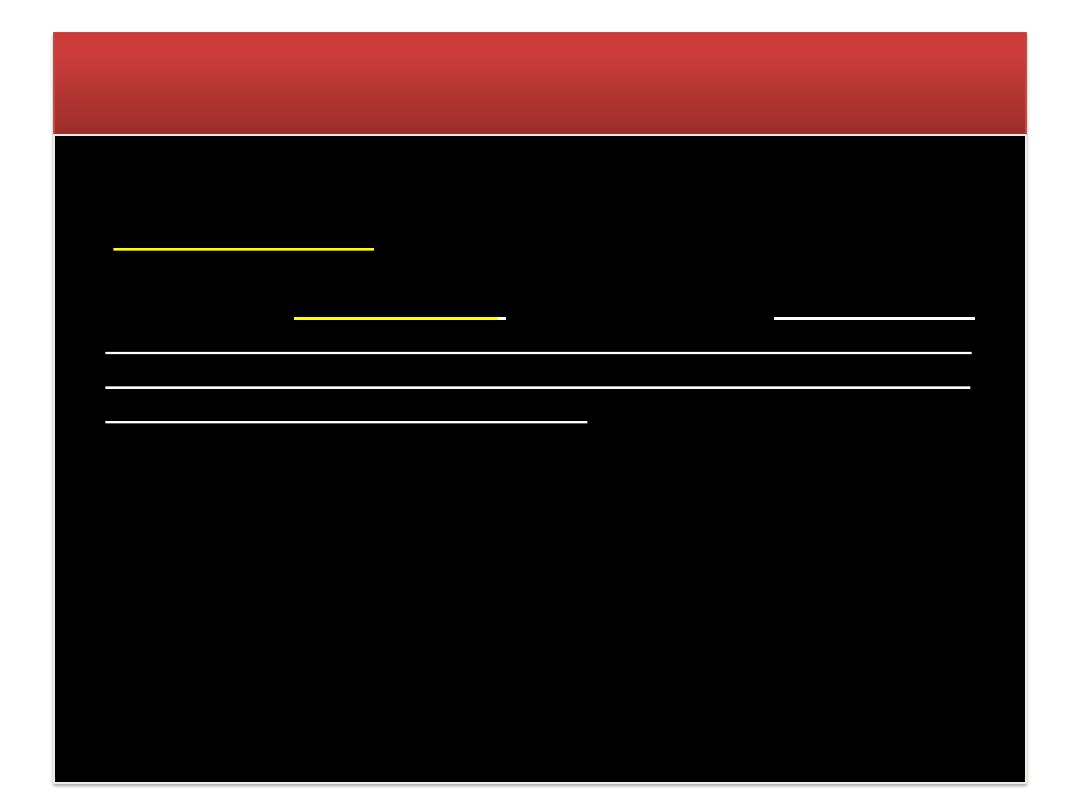
BLOOD FLOW
• In a resting adult, the kidneys receive 1.2-1.3 L of blood per
minute, or just under
25% of the cardiac output
.
•
Renal blood flow
can be measured with
electromagnetic
or
other types of
flow meters
, or it can be determined by
applying the
Fick principle
to the kidney—ie, by measuring
the amount of a given substance taken up per unit of time
and dividing this value by the arteriovenous difference for
the substance across the kidney.
• Since the kidney filters plasma, the
renal plasma flow
equals
the amount of a substance excreted per unit of time divided
by the renal arteriovenous difference as long as the amount in
the red cells is unaltered during passage through the kidney.
• Any excreted substance can be used if its concentration in
arterial and renal venous plasma can be measured and if it is
not metabolized
,
stored
, or
produced
by the kidney and does
not itself affect blood flow.

Blood flow
• Renal plasma flow
can be measured by
infusing p-aminohippuric
acid (PAH
) and determining its urine and plasma concentrations.
• PAH is
filtered
by the glomeruli and
secreted
by the tubular cells,
so that its
extraction ratio
(arterial concentration minus renal
venous concentration divided by arterial concentration) is high.
• For example, when PAH is infused at low doses,
90%
of the PAH in
arterial blood is removed in a single circulation through the kidney.
• It has therefore become commonplace to calculate the "
renal
plasma flow
" by dividing the amount of PAH in the urine by the
plasma PAH level, ignoring the level in renal venous blood.
• Peripheral venous plasma can be used because its PAH
concentration is essentially identical to that in thereaching the
kidney.
• The value obtained should be called the
effective renal plasma
flow (ERPF)
to indicate that the level in renal venous plasma was
not measured. In humans, ERPF averages about 625 mL/min.

Blood flow
Effective renal plasma flow(ERPF) =
U(pah) V/P(pah)=clearance of pah.
Example:
Concentration of pah in
urineU(pah)
= 14mg\ml
Urine flow (v )
:0.9ml/min.
Concentration of
pah in plasmaP(Pah)
=0.02mg/ml
(ERPF) =
14*0.9/0.02=630 ml/min
It should be noted that the ERPF determined in this
way is the
clearance of PAH
.

Blood flow
• ERPF
can be converted to
actual renal plasma
flow
(RPF):
• Average (pah)
extraction ratio
= 0.9
• ERPF/extraction ratio=630/0.9 =
actual RPF
=700ml/min
• From the
renal plasma flow
, the
renal blood flow
can
be calculated by dividing by 1 minus the hematocrit:
• Hematocrit(Hct):45%
• Renal blood flow=RPF*1/1-Hct
=700 *1/0.55 = 1273 ml/min
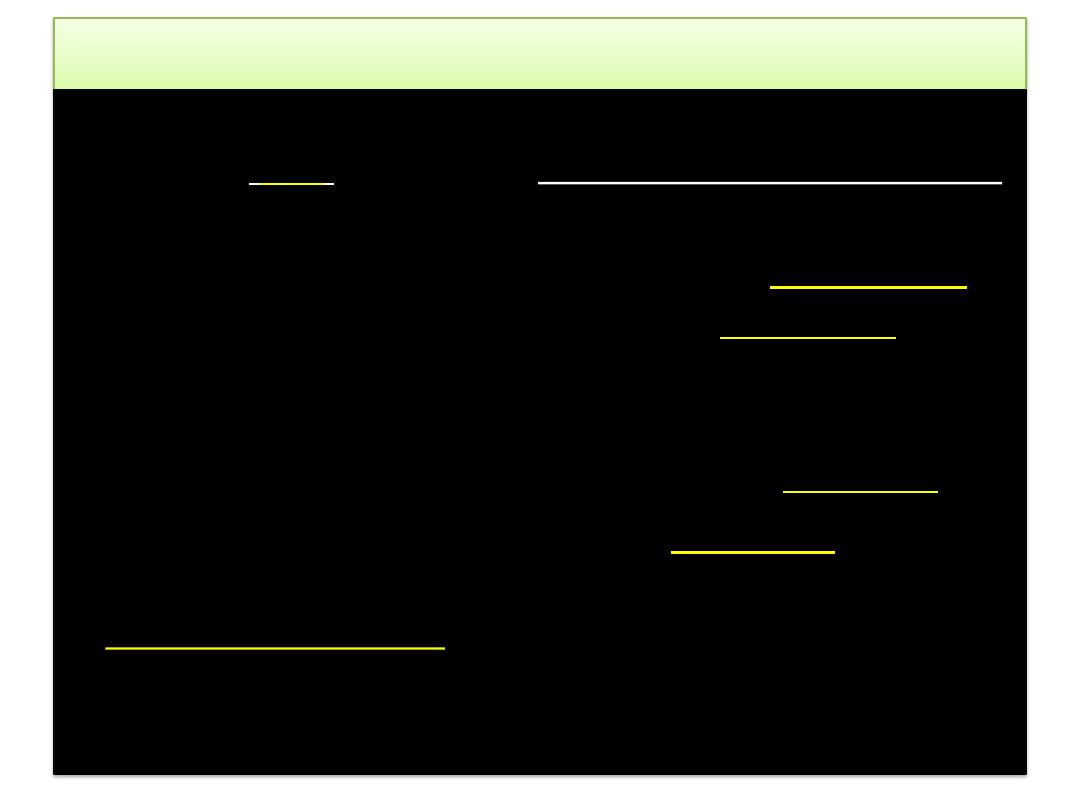
Pressure in Renal Vessels
• The pressure in the glomerular capillaries has been measured
directly in
rats
and has been found to be considerably lower
than predicted on the basis of indirect measurements.
• When the
mean systemic arterial pressure is
100 mm Hg
,
the
glomerular capillary pressure
is about
45 mm Hg
.
• The pressure drop across the glomerulus is only
1-3 mm Hg
,
but there is a further drop in the efferent arteriole so that the
pressure in the
peritubular capillaries
is about
8 mm Hg
.
• The pressure in the
renal vein
is about
4 mm Hg
.
• Pressure gradients are similar in the squirrel monkey and
presumably in humans
, with a glomerular capillary pressure
that is about
40%
of systemic arterial pressure.
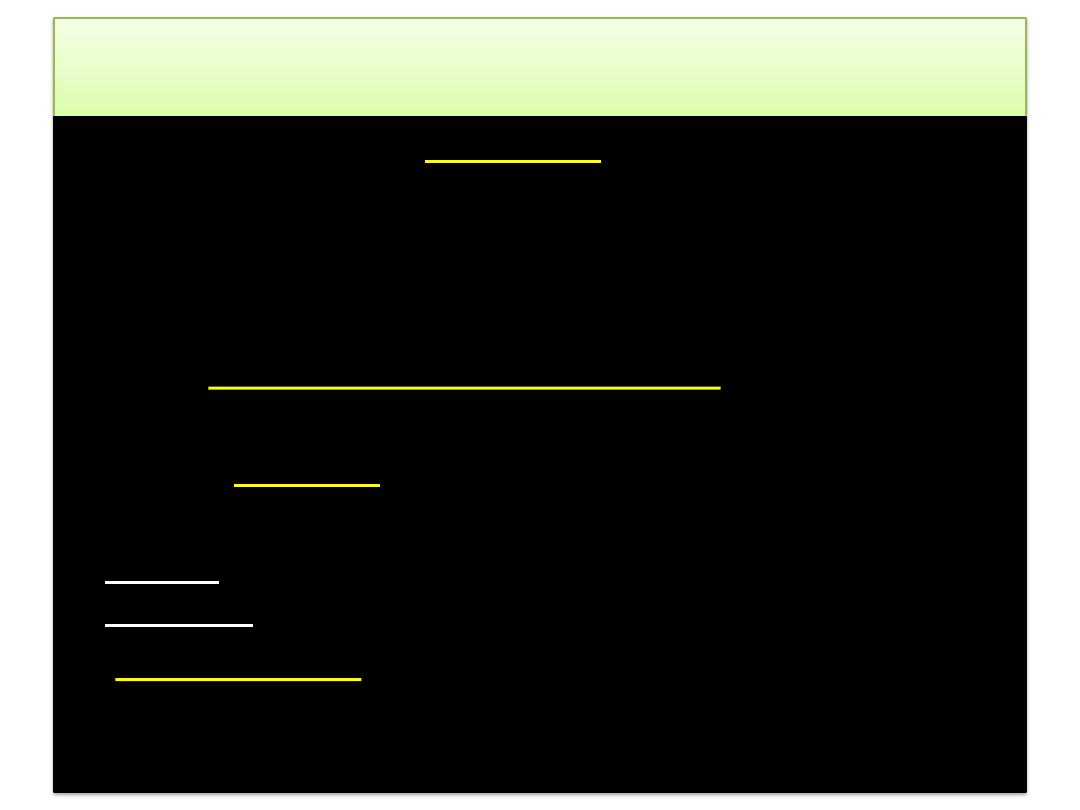
Regulation of the Renal Blood Flow
• Norepinephrine constricts
the renal vessels,
with the greatest effect of injected
norepinephrine being exerted on the interlobular
arteries and the
afferent arterioles
.
•
Dopamine
is made in the kidney and causes
renal
vasodilation and natriuresis
.
•
Angiotensin II
exerts a greater constrictor effect
on the
efferent
arterioles than on the afferent.
•
Prostaglandins
increase blood flow in the renal
cortex and decrease blood flow in the renal
medulla.
•
Acetylcholine
also produces renal vasodilation.
•
A high-protein diet
raises glomerular capillary
pressure and increases renal blood flow.
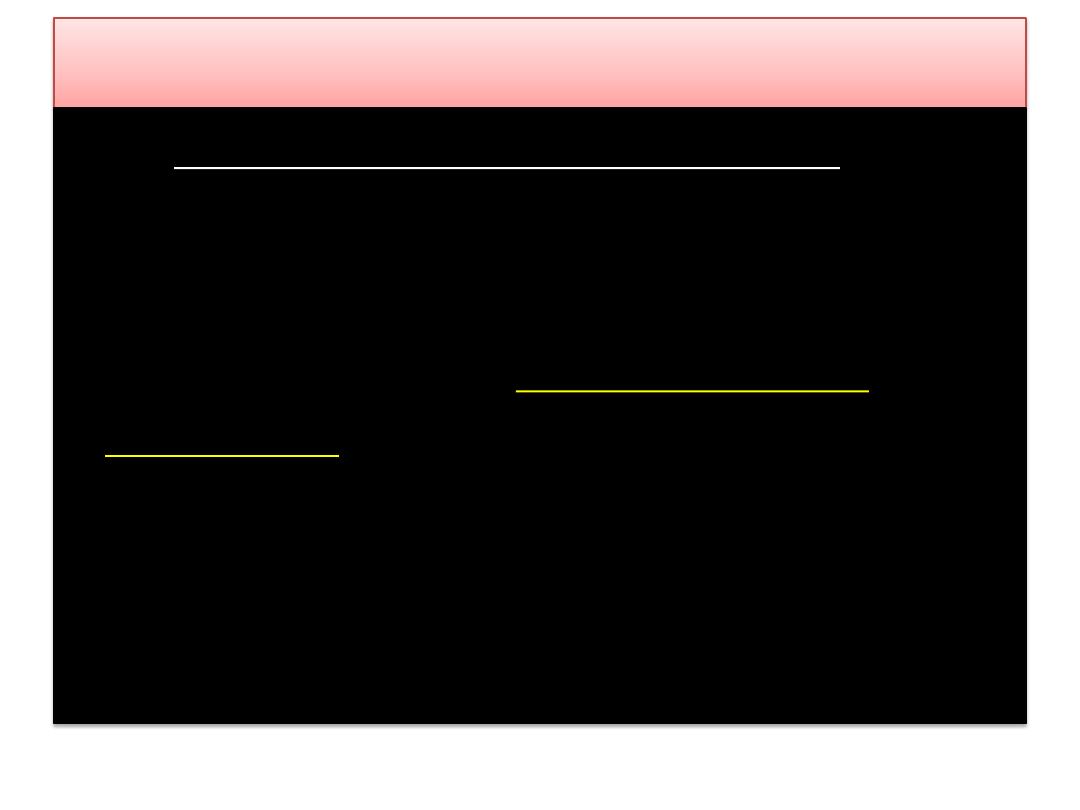
Autoregulation of Renal Blood Flow
• When the kidney is perfused at moderate pressures (90-220 mm Hg in the
dog), the renal vascular resistance varies with the pressure so that renal
blood flow is relatively constant .
•
Autoregulation
of this type occurs in other organs, and several factors
contribute to it.
•
Renal autoregulation
is present in denervated and in isolated, perfused
kidneys but is prevented by the administration of drugs that paralyze
vascular smooth muscle.
• It is probably produced in part by
a direct contractile response
of the
smooth muscle of the afferent arteriole to stretch.
•
NO ( nitric oxide )
may also be involved.
•
At low perfusion pressures,
angiotensin II
also appears to play a role by
constricting the efferent arterioles, thus maintaining the glomerular
filtration rate.
•
This is believed to be the explanation of the renal failure that sometimes
develops in patients with poor renal perfusion who are treated with drugs
which inhibit
angiotensin-converting enzyme.
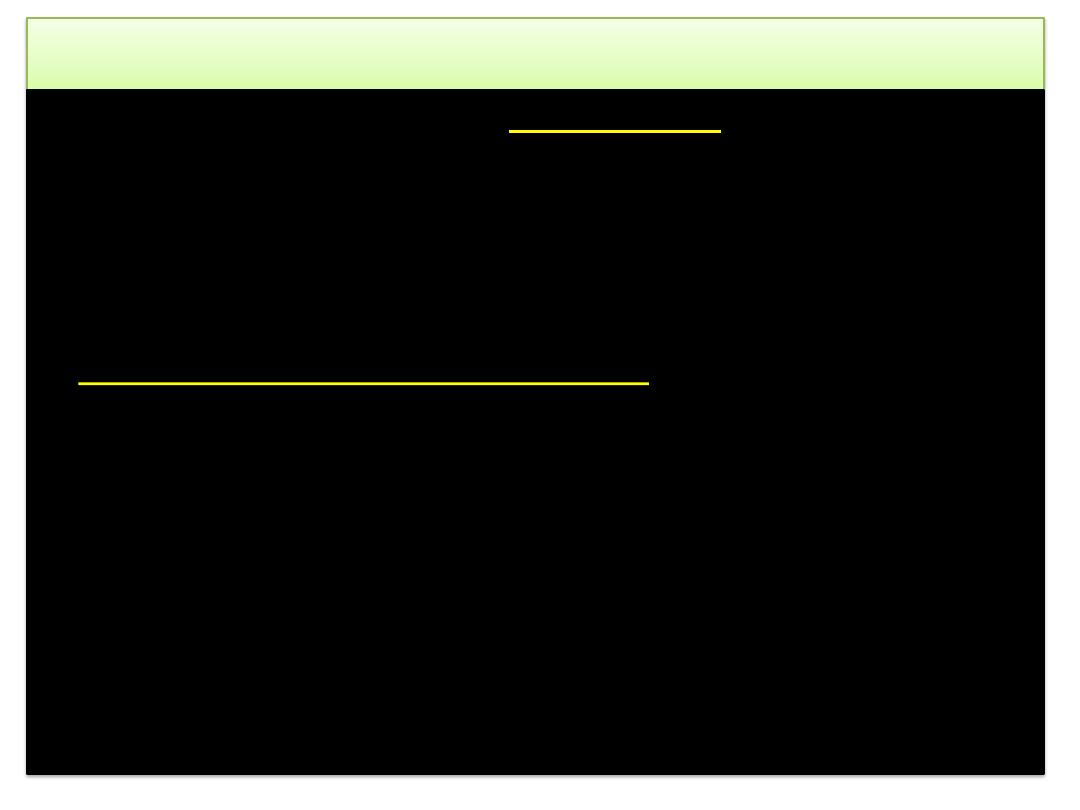
Regional Blood Flow & Oxygen Consumption
• The main function of the
renal cortex
is
filtration
of
large volumes of blood through the glomeruli, so it is
not surprising that the renal
cortical blood flow
is
relatively
great
and is extracted from the blood.
• Cortical blood flow is about
5 mL/g of kidney tissue/min
(compared with
0.5 mL/g/min in the brain
), and the
arteriovenous oxygen difference
for the whole kidney
is only
14 mL/L of blood
, compared with
62 mL/L
for
the brain and
114 mL/L for the heart
.
• The PO
2
of the cortex is about 50 mm Hg.
• On the other hand, maintenance of the osmotic
gradient in the medulla requires a relatively low blood
flow
.

Regional Blood Flow & Oxygen Consumption
• It is not surprising, therefore, that the blood flow is
about
2.5 mL/g/min
in the outer medulla and
0.6
mL/g/min
in the inner medulla.
• However, metabolic work is being done, particularly to
reabsorb Na
+
in the thick ascending limb of Henle , so
relatively large amounts of O
2
are extracted from the
blood in the medulla.
• The PO
2
of the medulla is about
15 mm Hg
.
•
This makes the medulla vulnerable to hypoxia if flow is
reduced further.
• NO( nitric oxide ) , prostaglandins
, and many
cardiovascular peptides in this region function in a
paracrine fashion to maintain the balance between low
blood flow and metabolic needs.

Thank you
